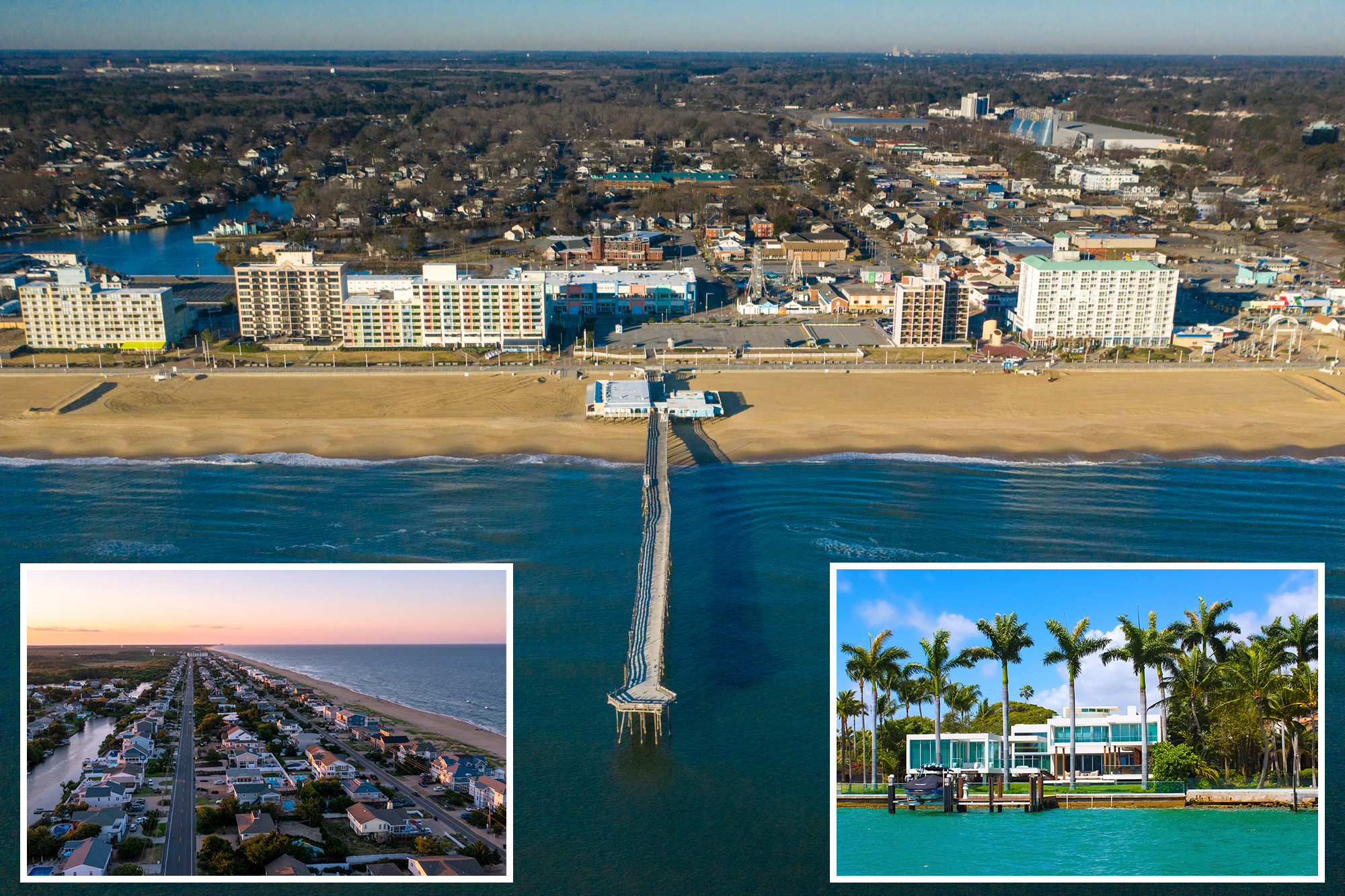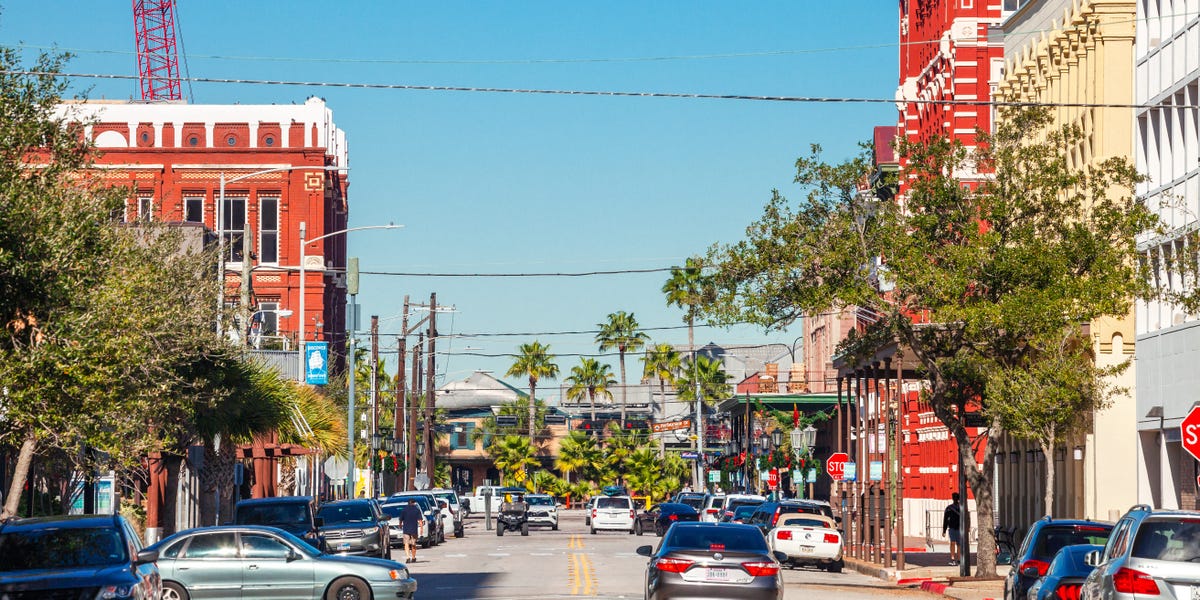T
he allure of living near Florida's beaches and ocean views has long been a major draw for coastal properties, but shifting market conditions are altering this trend. Rising insurance costs, the threat of storm damage to coastal communities, and a growing inventory have slowed the real estate market in Miami and across Florida. The condominium sector is particularly hard hit, with prices plummeting after new legislation led to higher homeowner association fees and special assessments.
However, there's a silver lining: condo prices are holding strong away from the coast, in suburbia and inland Florida. In January, median sale prices of inland condos rose by 5.4% year-over-year, while single-family homes saw a 3.7% increase. This trend is evident across various metro areas, including Gainesville, Lakeland, Ocala, Orlando, and Tallahassee.
According to Redfin's MLS listings analysis, insurance costs are significantly lower inland, leading to lower HOA fees and more affordable monthly payments for condo owners. Condo buildings in central Florida tend to be newer and up-to-date with recent regulations, which also contributes to lower fees. Homeowners' association fees have skyrocketed across Florida due to rising natural disasters and soaring insurance costs, making it harder to find condo buildings with low fees.
The 2021 collapse of a Surfside condo building led to stricter regulations, including Senate Bill 4-D, which requires structural inspections for condo buildings with at least three stories once they reach 30 years old. Many homeowners' associations have raised fees and imposed special assessments to comply with these new safety regulations, further impacting the condominium market.















